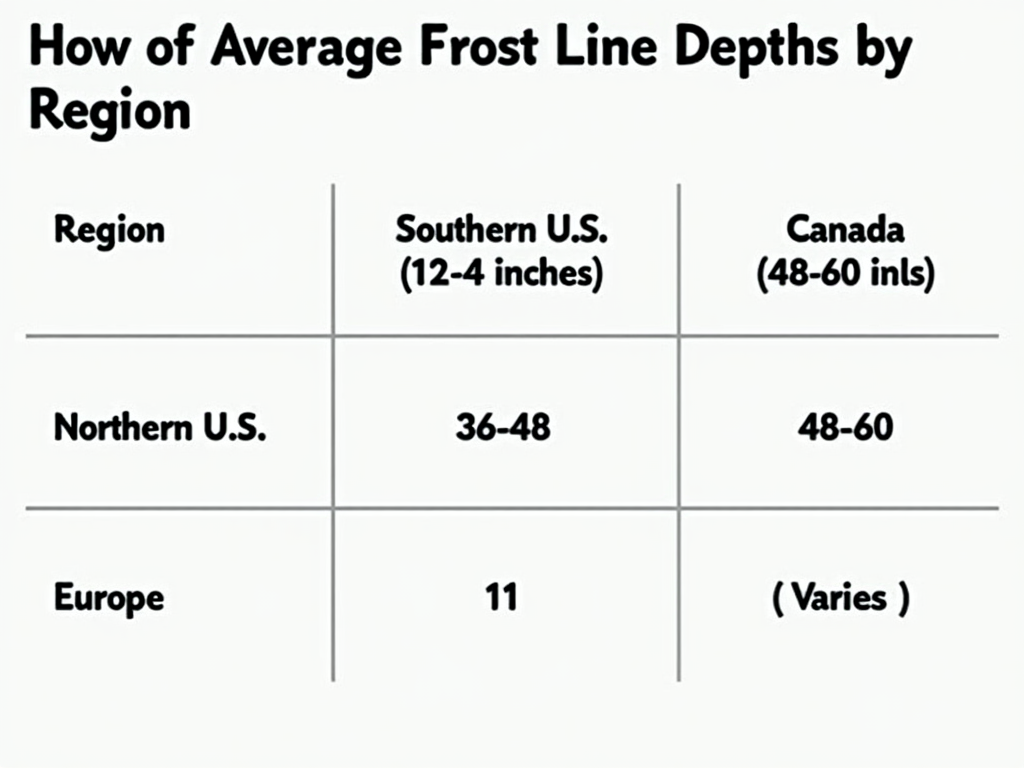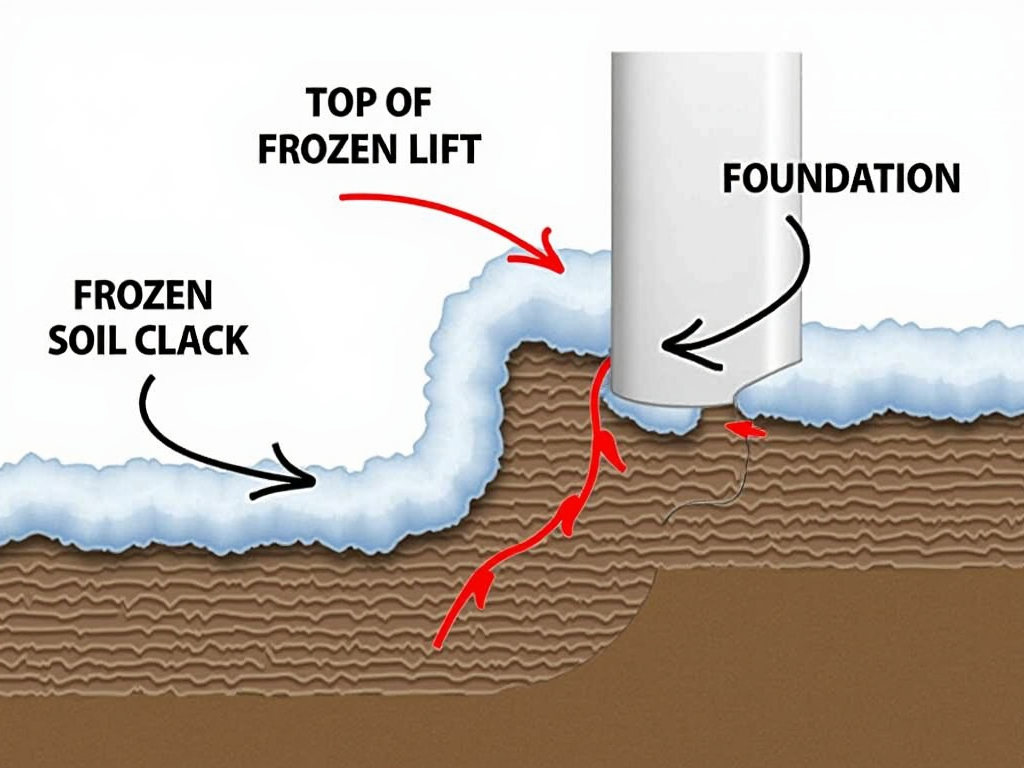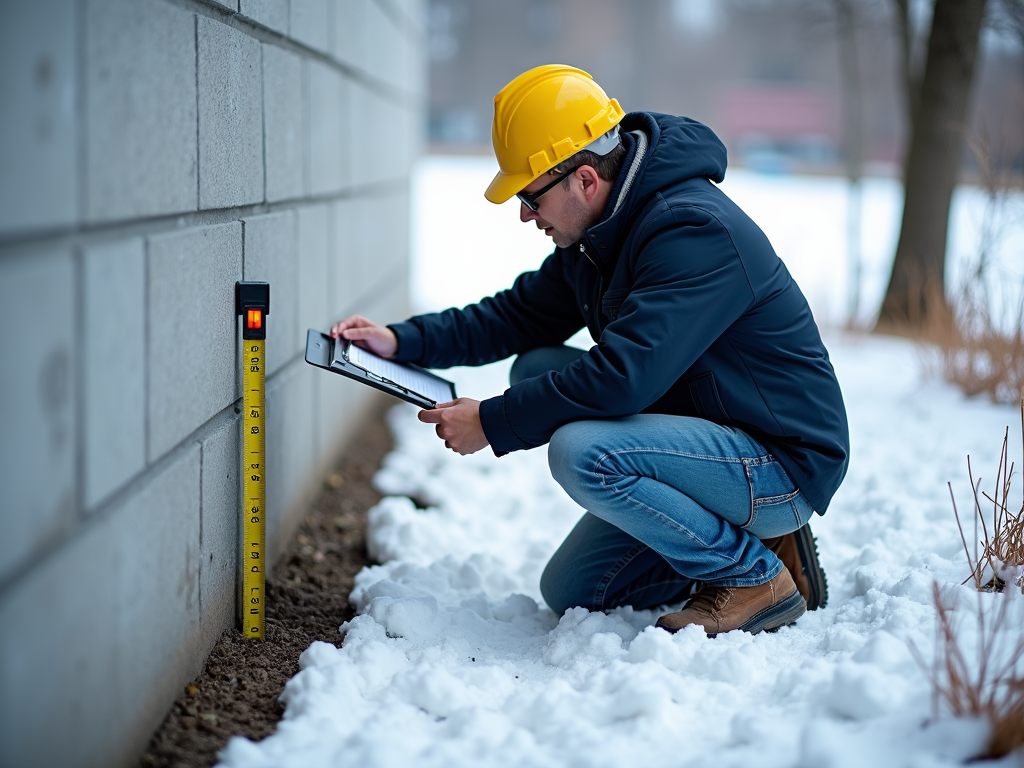Understanding Frost Line Guidelines for Structural Engineers
The frost line marks how deep the ground freezes in winter. It’s a big deal for structural engineers because foundations need to sit below this line to stay safe. If they don’t, freezing soil can push them up, causing cracks or worse. This guide explains frost line guidelines for structural engineers clearly.

I’ve worked on projects where the frost line changed everything. Once, in northern Minnesota, we designed a home with a deep frost line—about 48 inches. The client wanted shallower footings to save money. We showed them how frost heave could lift the house. They listened, and it’s still standing strong.
Years ago, engineers guessed footing depths based on experience. Now, we have better tools. Frost line depth comes from weather data, soil studies, and local rules. This mix helps us make smarter choices for each project, keeping buildings steady no matter the cold.
Technology helps a lot today. Online maps and databases show frost line depths for any area fast. I use these tools to check past winters and soil types. It saves time and makes footing calculations more accurate, especially in tricky spots.

To figure out footing depth, here’s the basic idea: Footing depth = Frost line depth + Safety factor. The safety factor—usually 6 to 12 inches—covers surprises like weird soil or extra-cold years. It’s a simple step, but it keeps things safe.
Here’s what I think about when setting footing depths: - Local climate: How deep does it freeze? - Soil type: Clay moves more than sand. - Building codes: Rules set the minimum. - Structure weight: Heavier needs deeper. - Frost heave risk: Wet soil is trouble.

If footings sit above the frost line, problems hit fast. Freezing and thawing can shift the ground. I’ve seen foundations crack from this—repairs cost thousands. One time, a shallow footing led to a whole porch tilting. It’s a mess you don’t want.

Sometimes, we add tricks to fight frost heave. Insulation boards around the foundation keep soil warmer. Good drainage stops water from pooling and freezing. These help, but I always stick to proper footing depth first—extras are just backup.
In super cold or wild weather spots, I play it safe. A bigger safety factor—like 18 inches—works in harsh winters. Adding insulation or gravel drainage helps too. It’s about knowing your site and planning ahead for the worst.

After building, don’t just walk away. Check the foundation now and then. Look for cracks or shifts—catching them early saves headaches. I tell clients to inspect every year, especially after a tough freeze. It’s simple upkeep.
Frost line guidelines for structural engineers matter a ton in cold places. Get the footing calculation right, and your building lasts. Use good data, talk to locals, and stay cautious. That’s how you keep structures solid for years.





